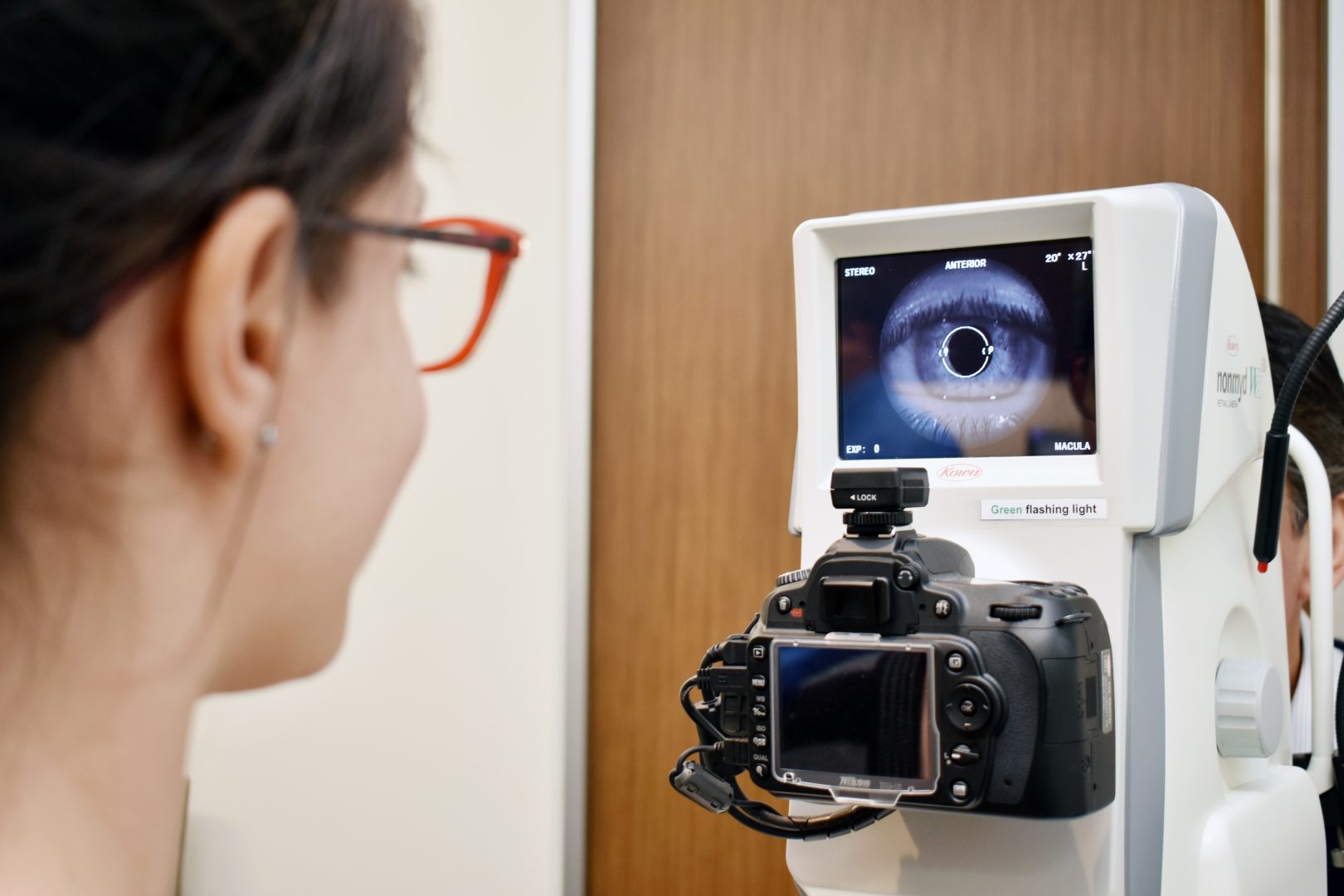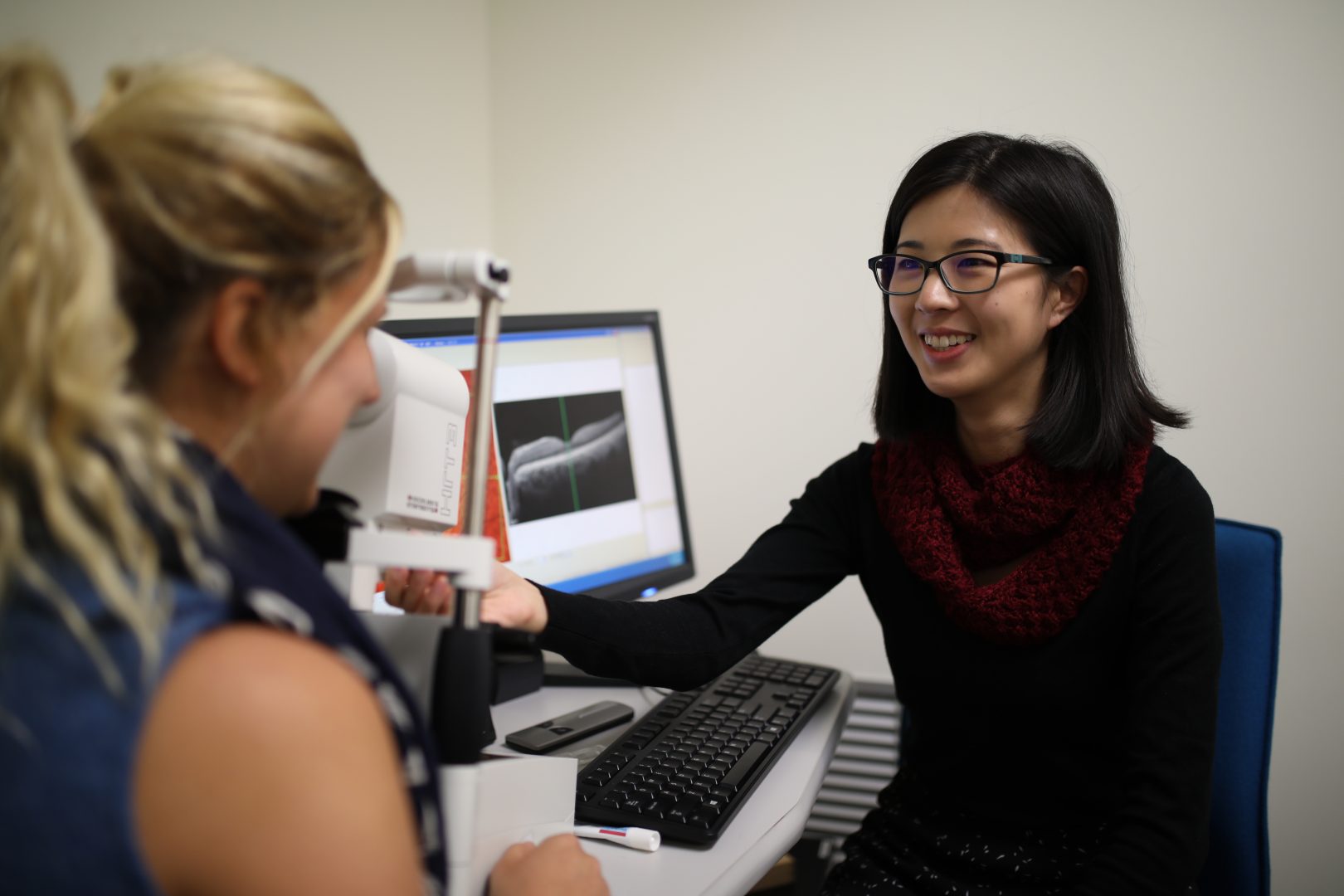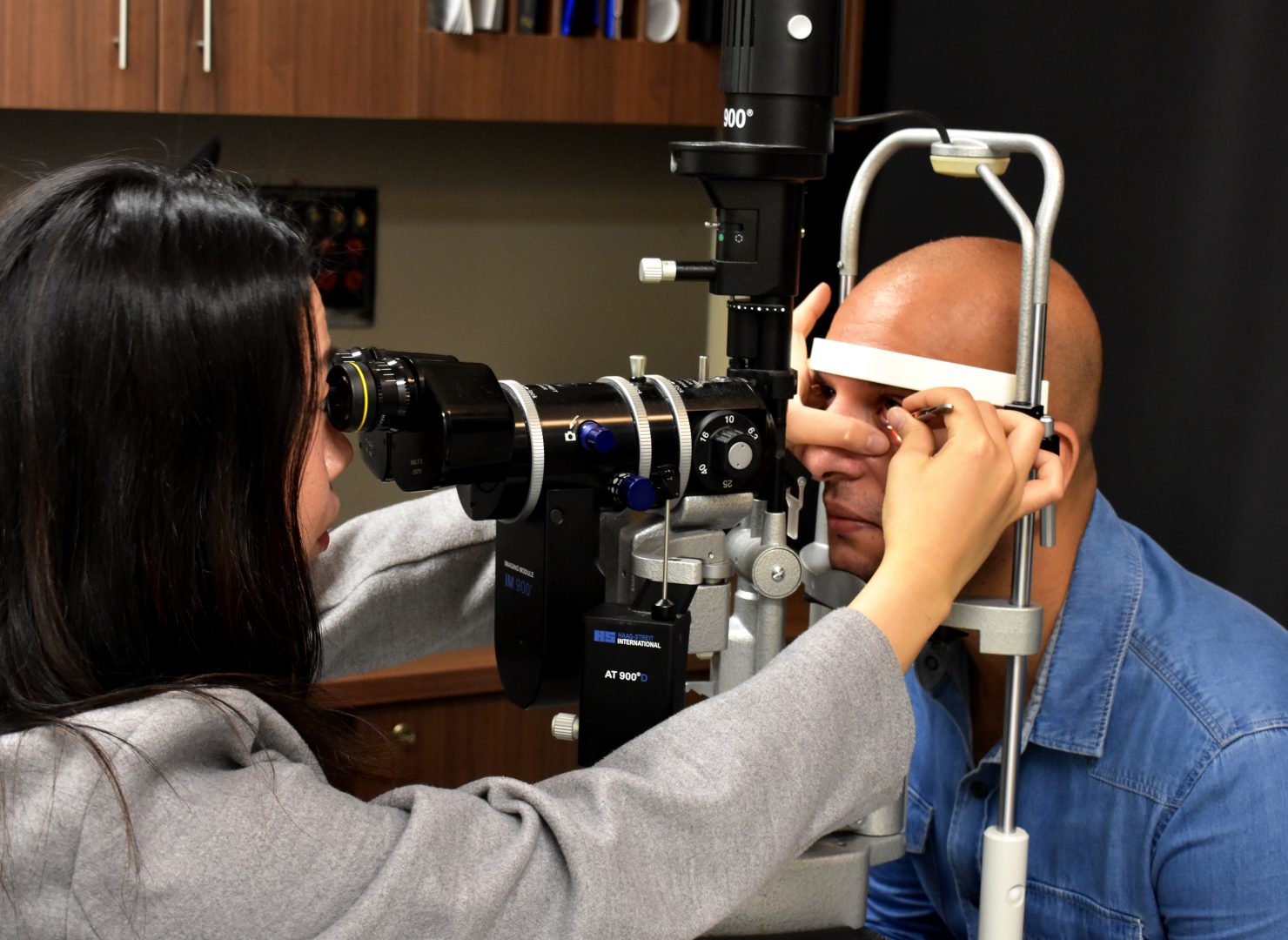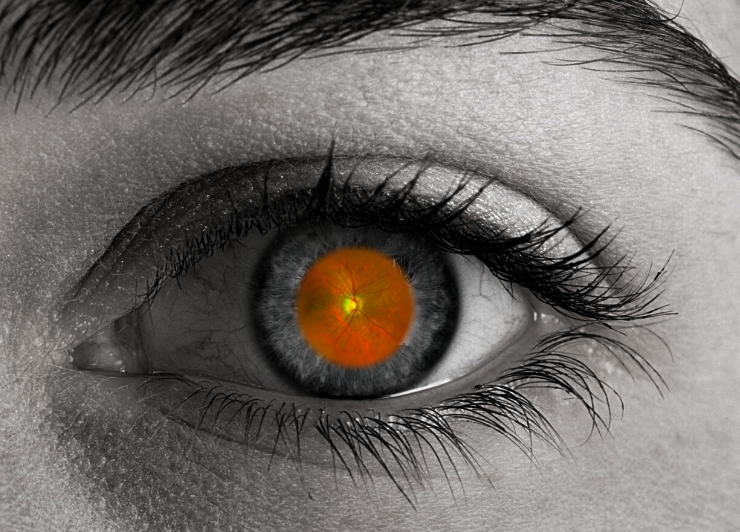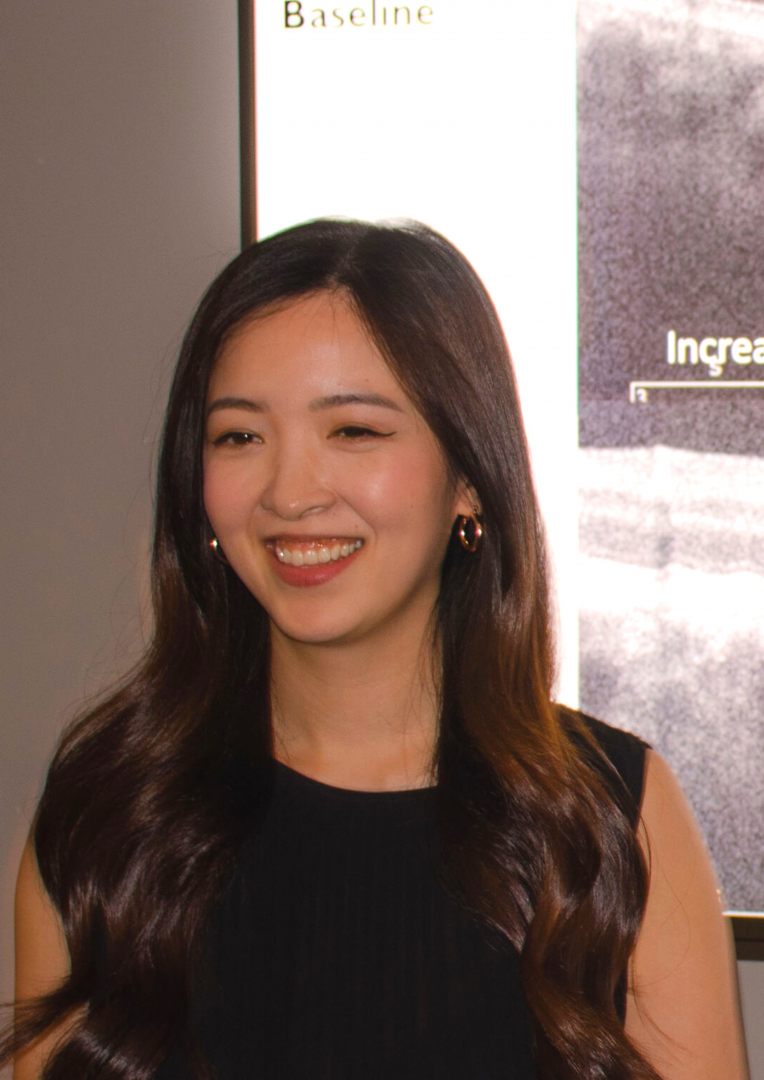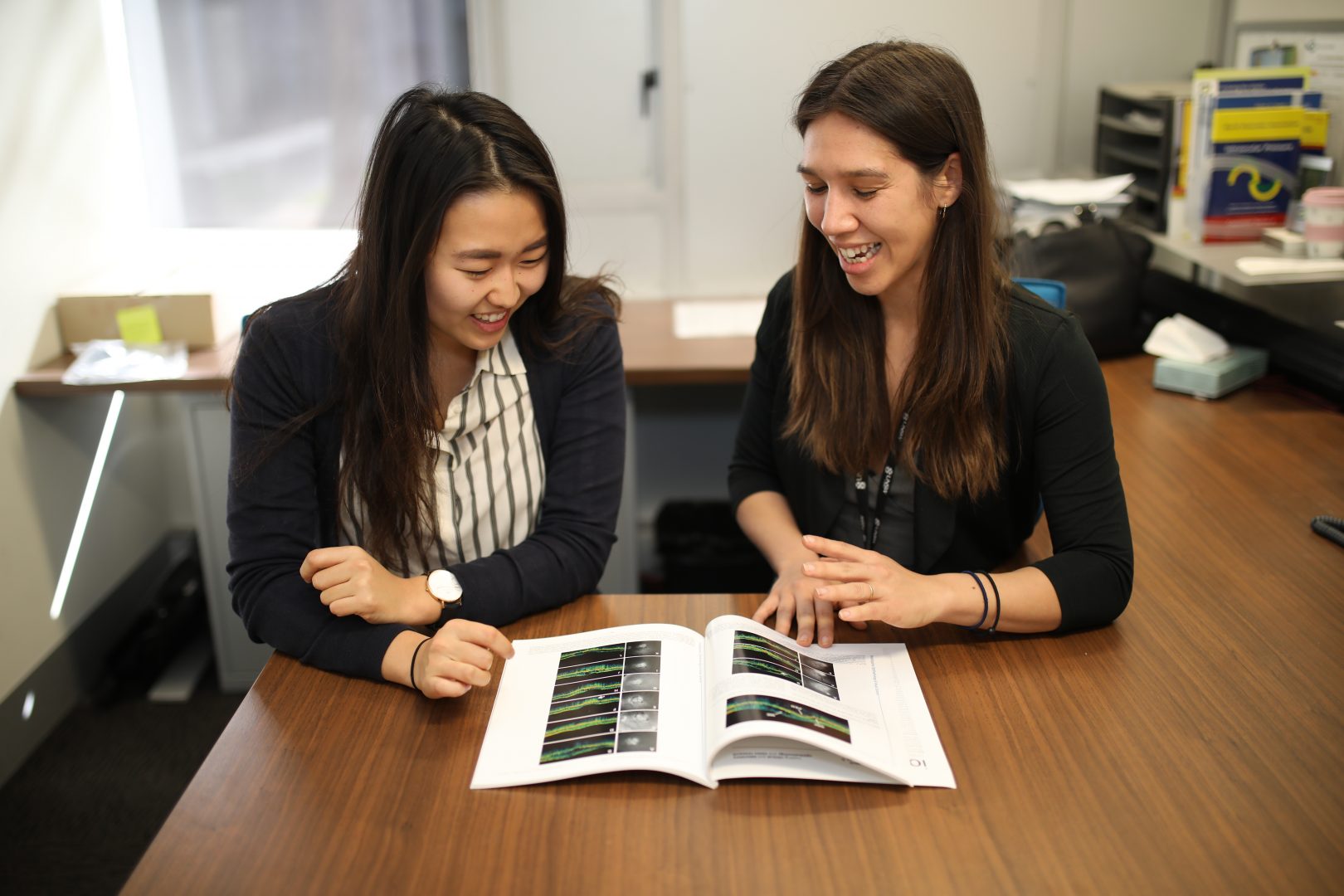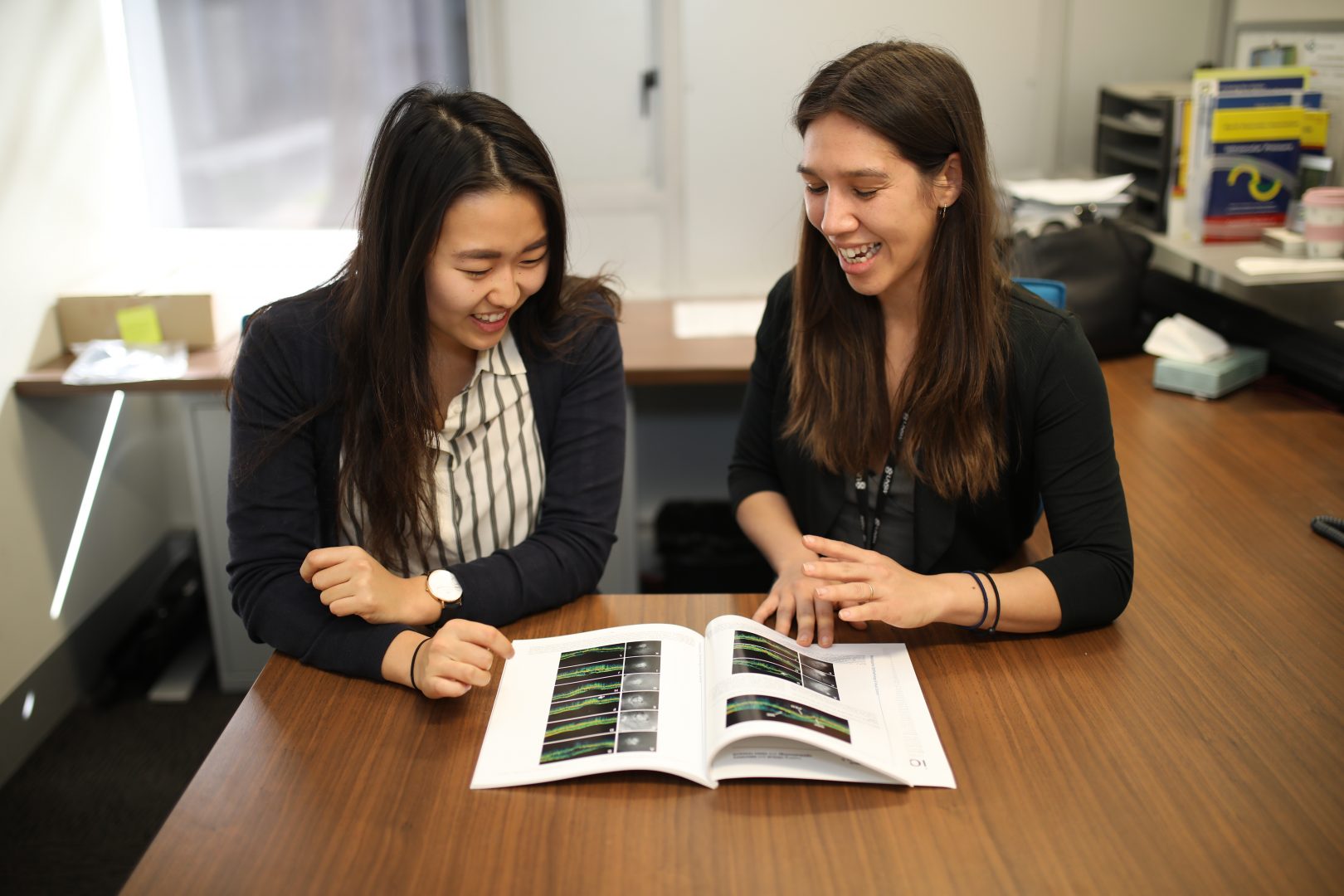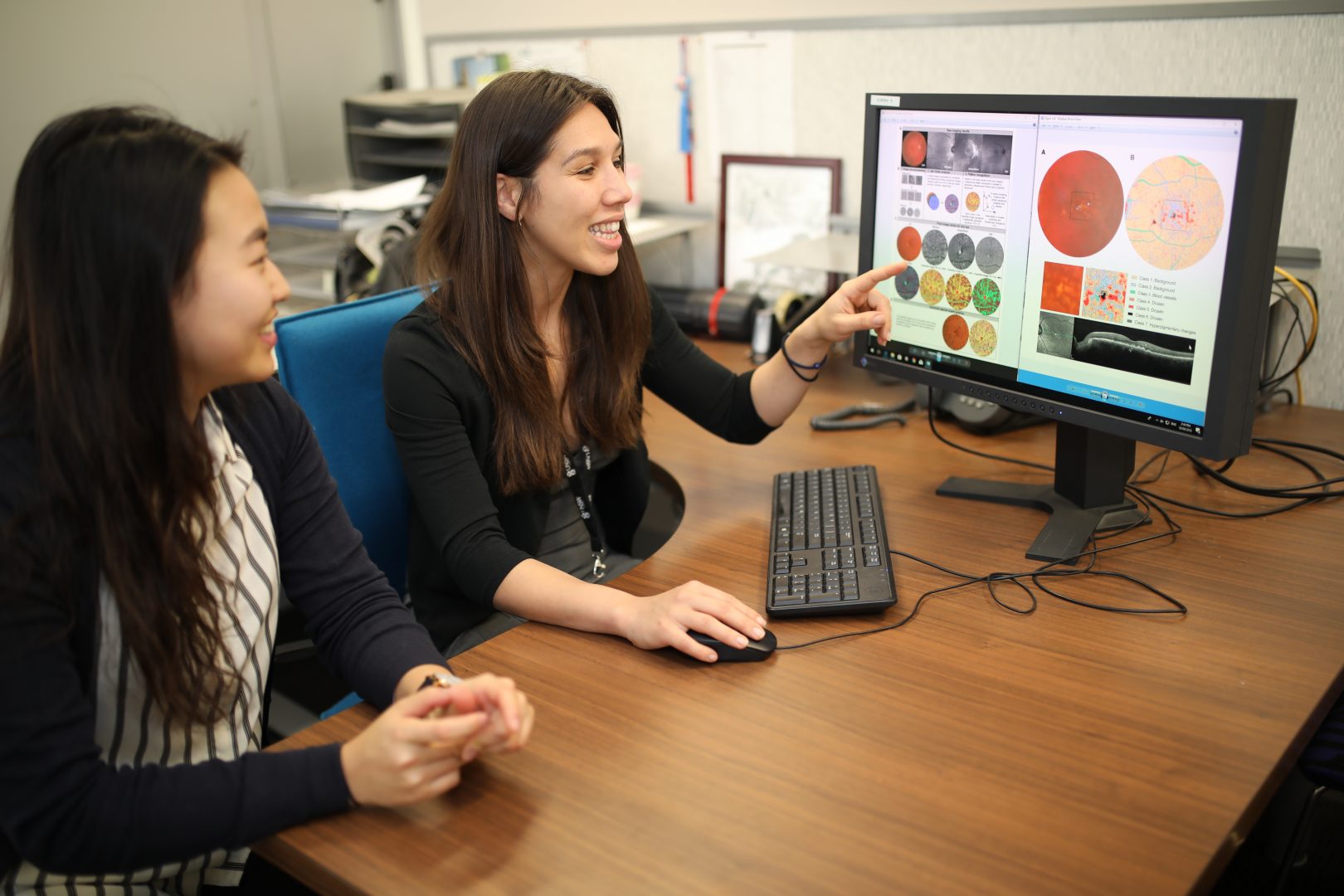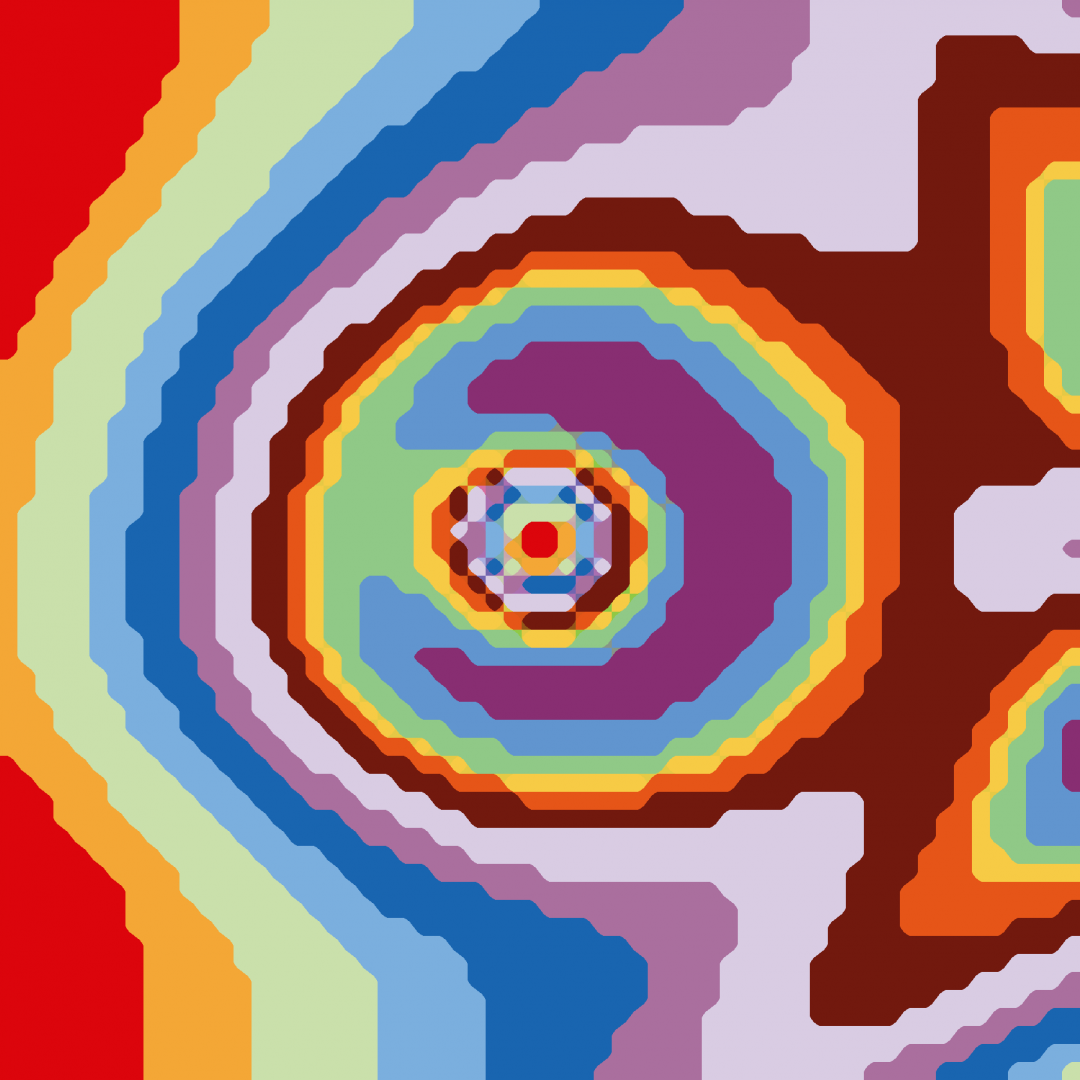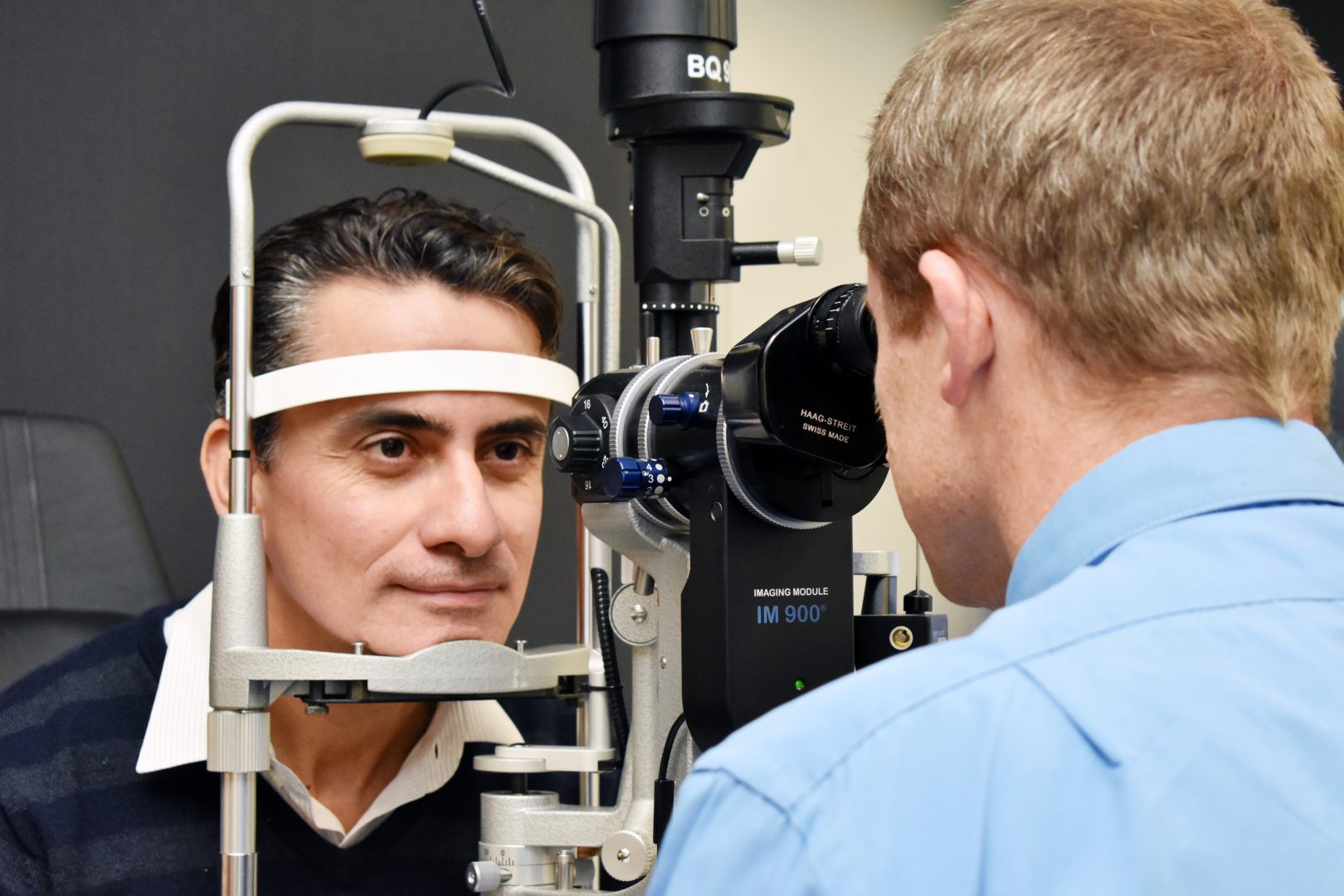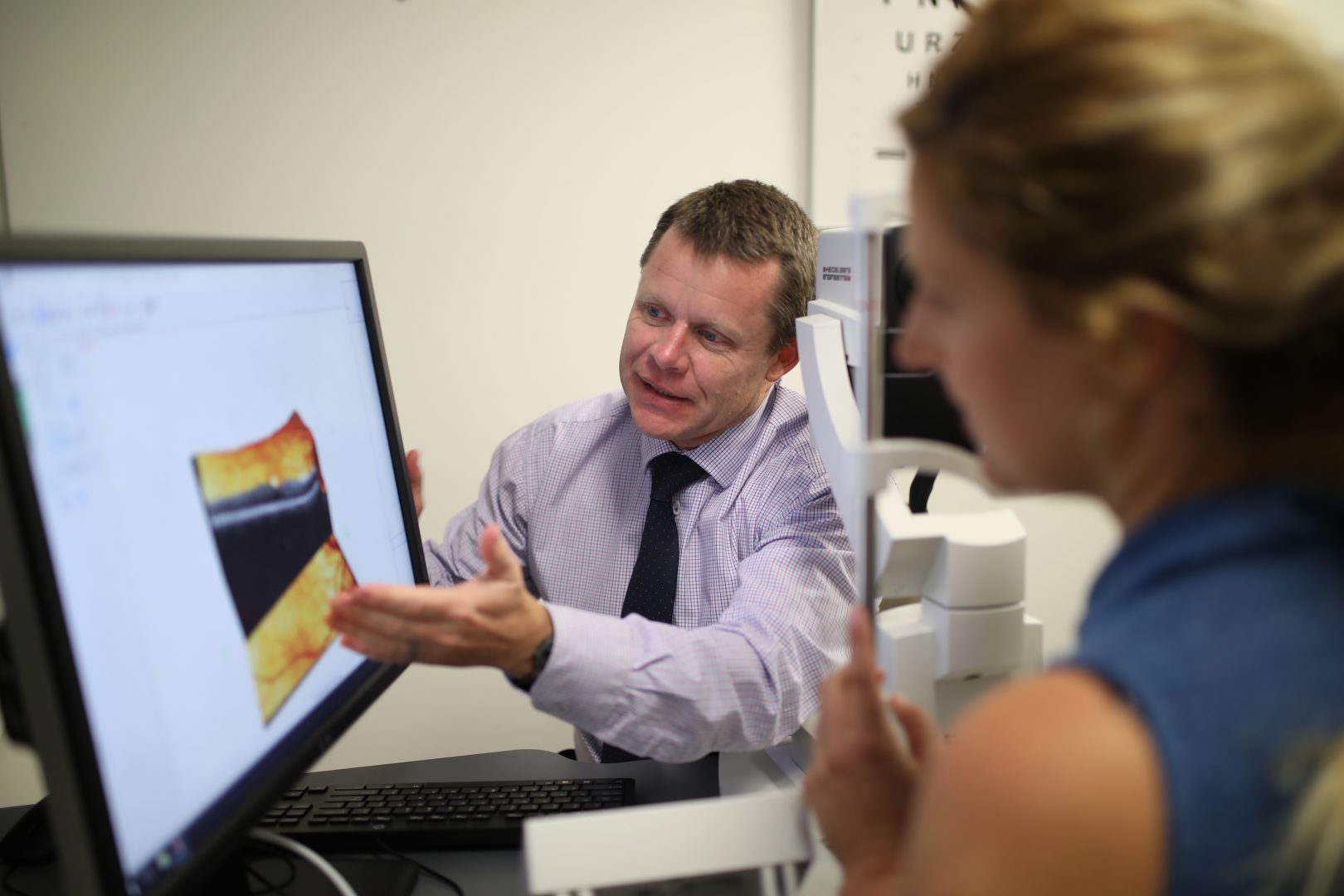
- Refer a Patient
- Referral Types
- Patient Information
- Overview of CFEH Clinics
- CFEH Instrument List
- Our clinical team
- Causes of Vision Loss
- Patient Forms
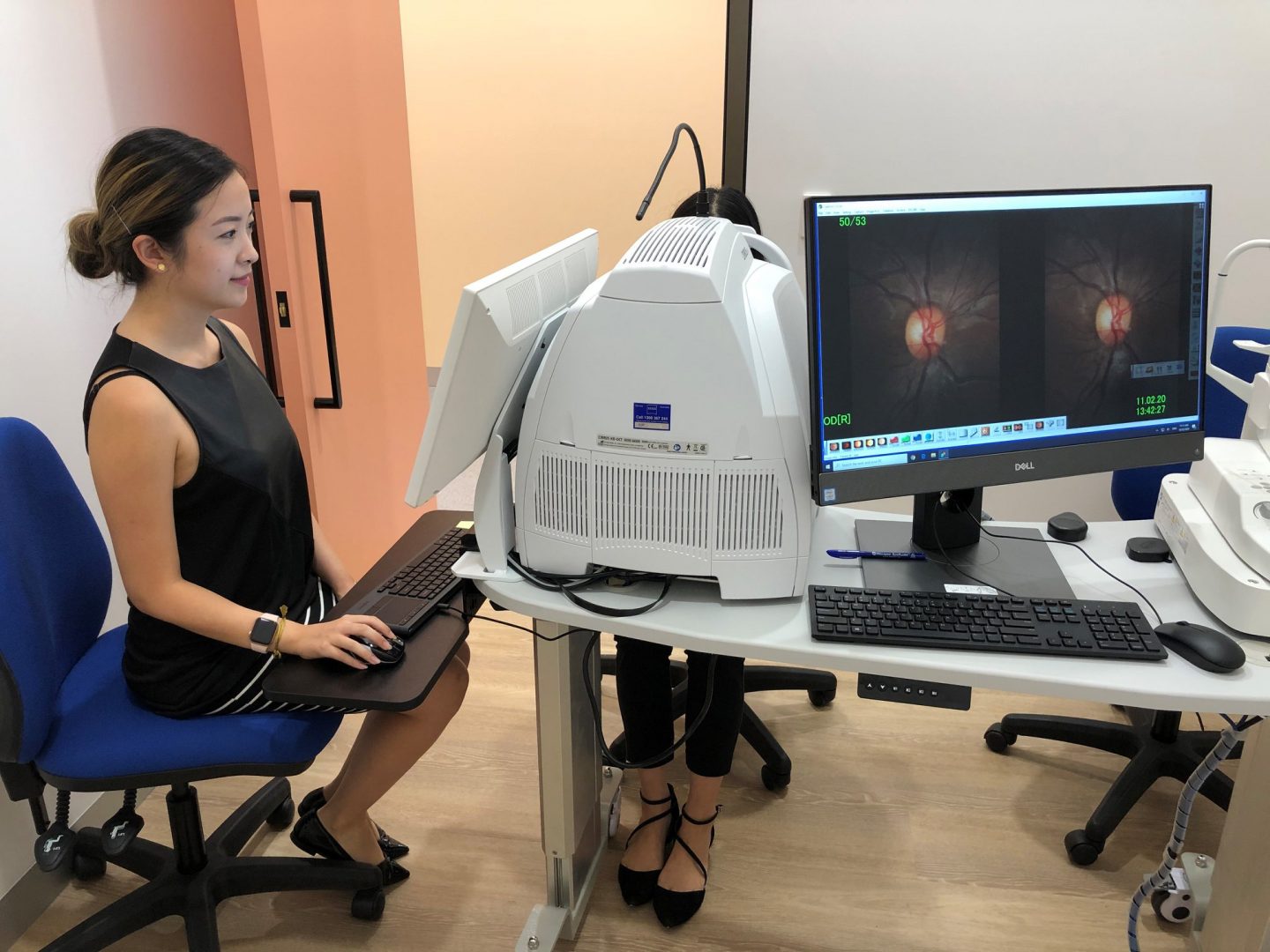
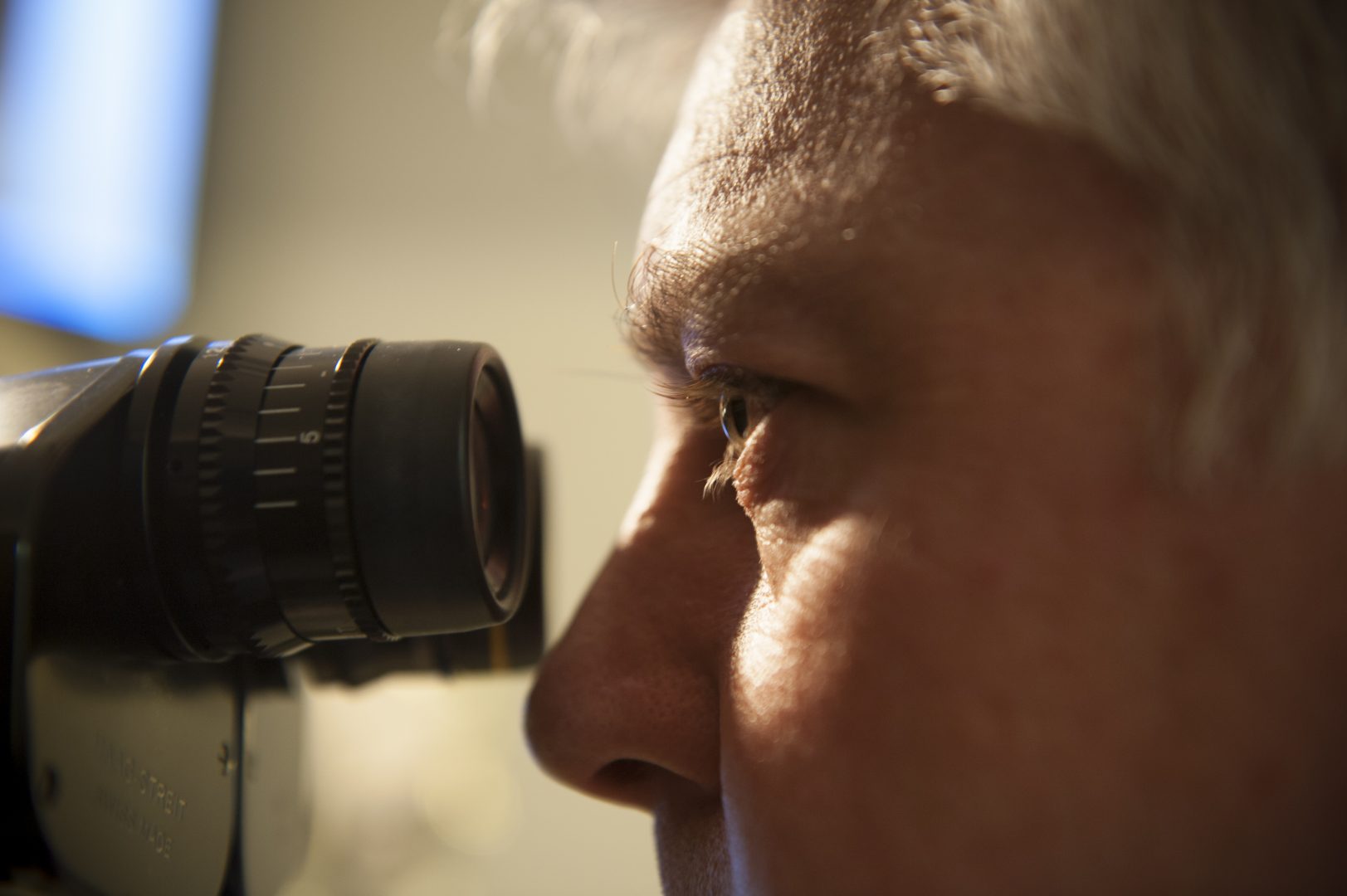
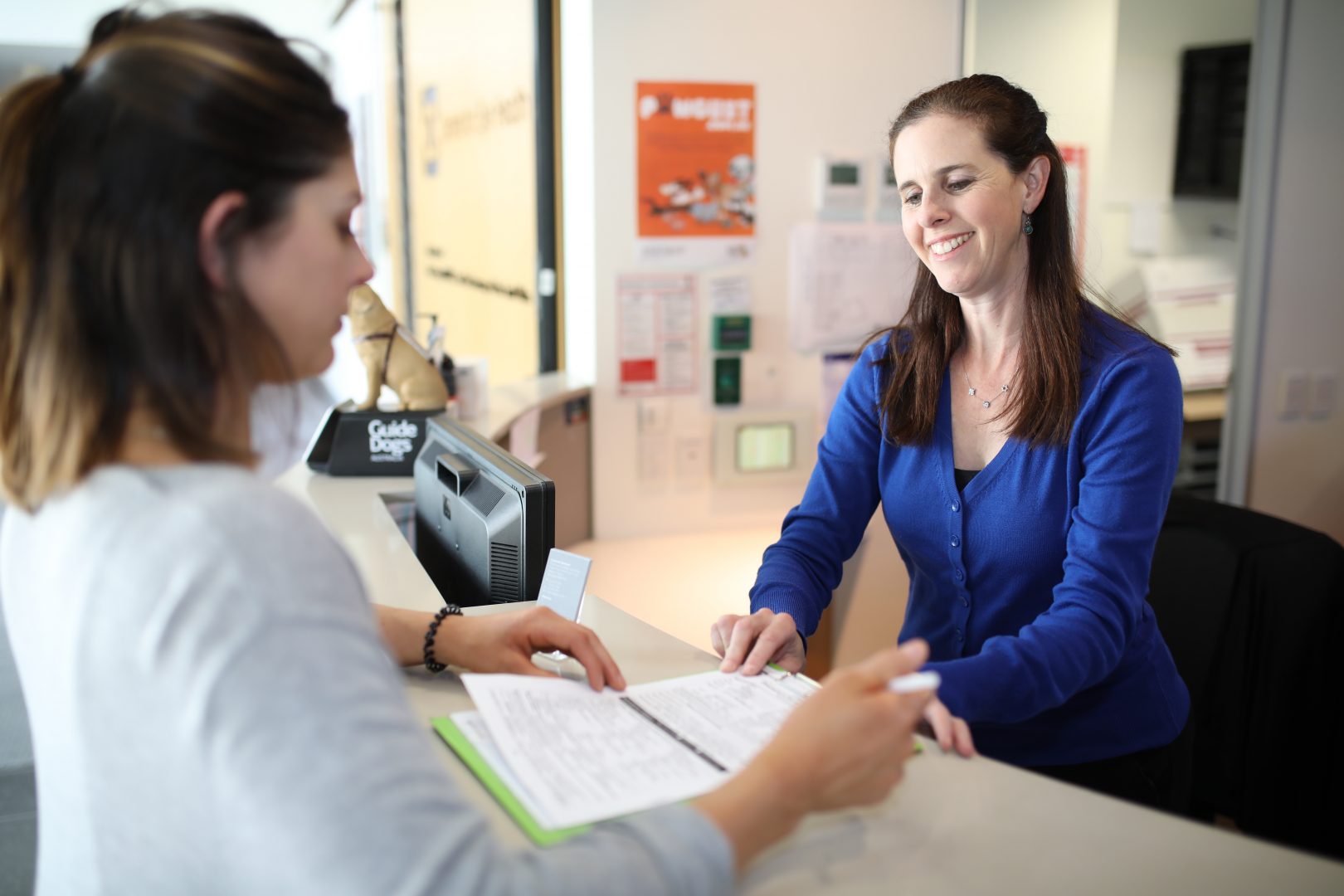
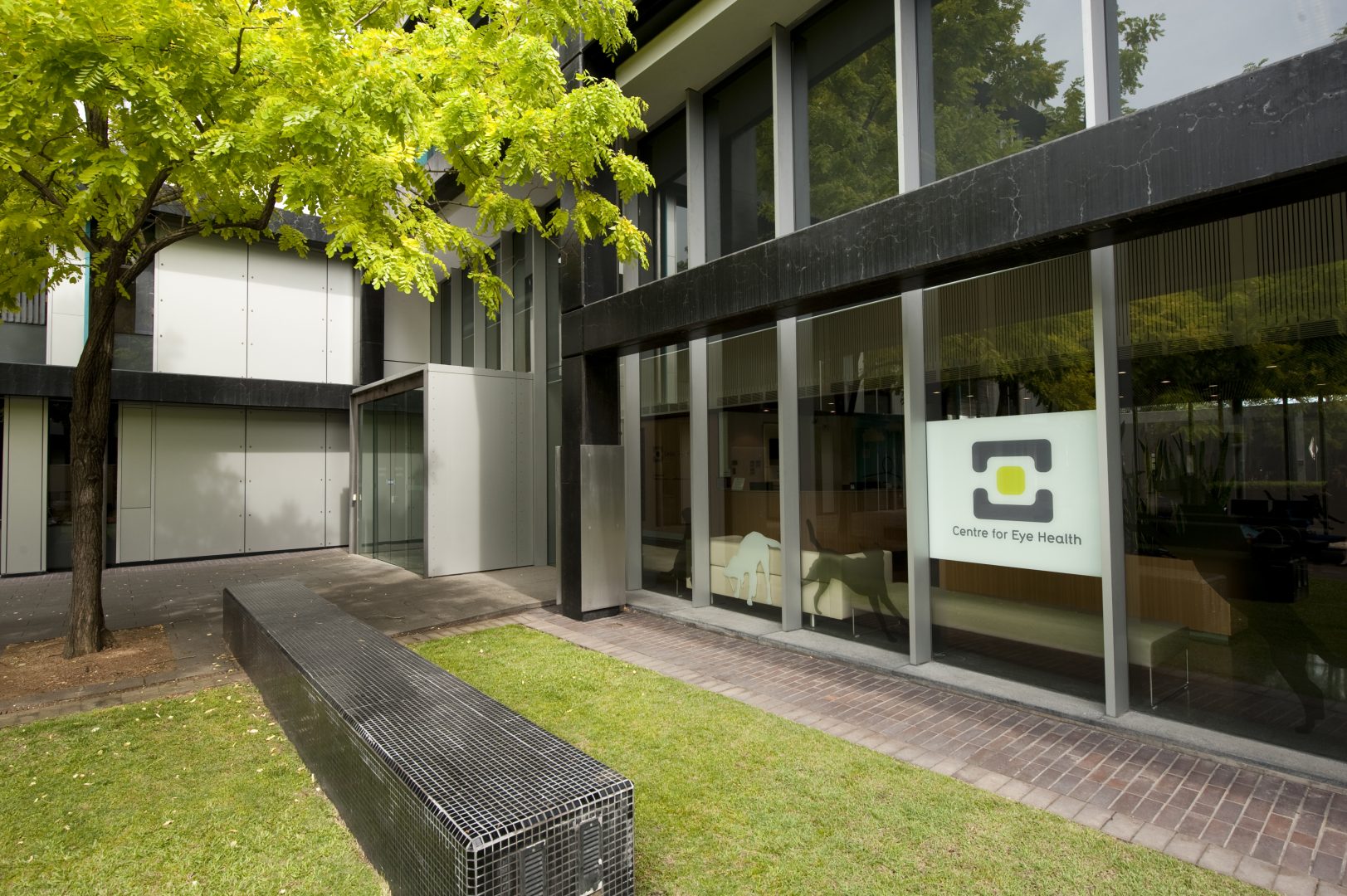
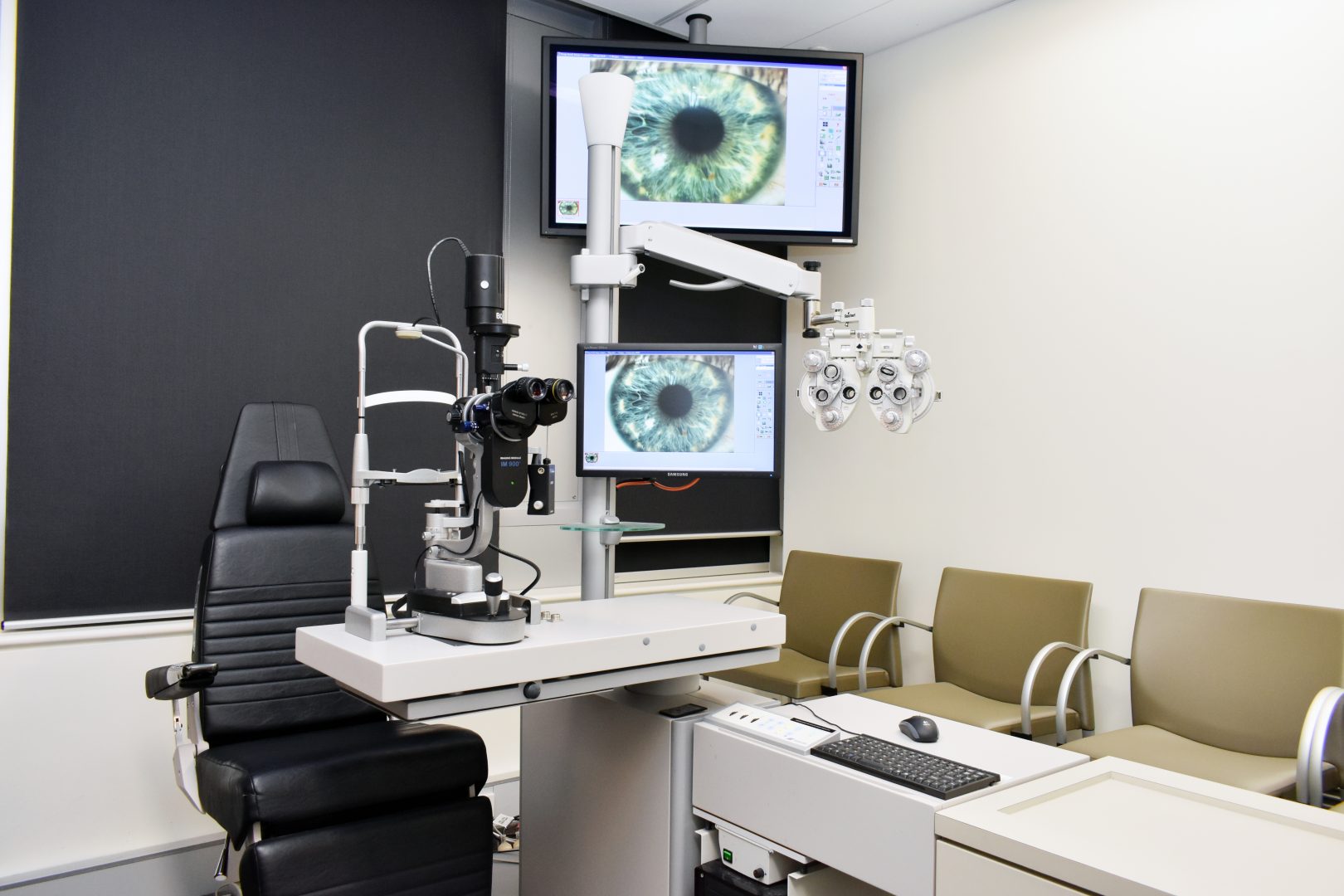
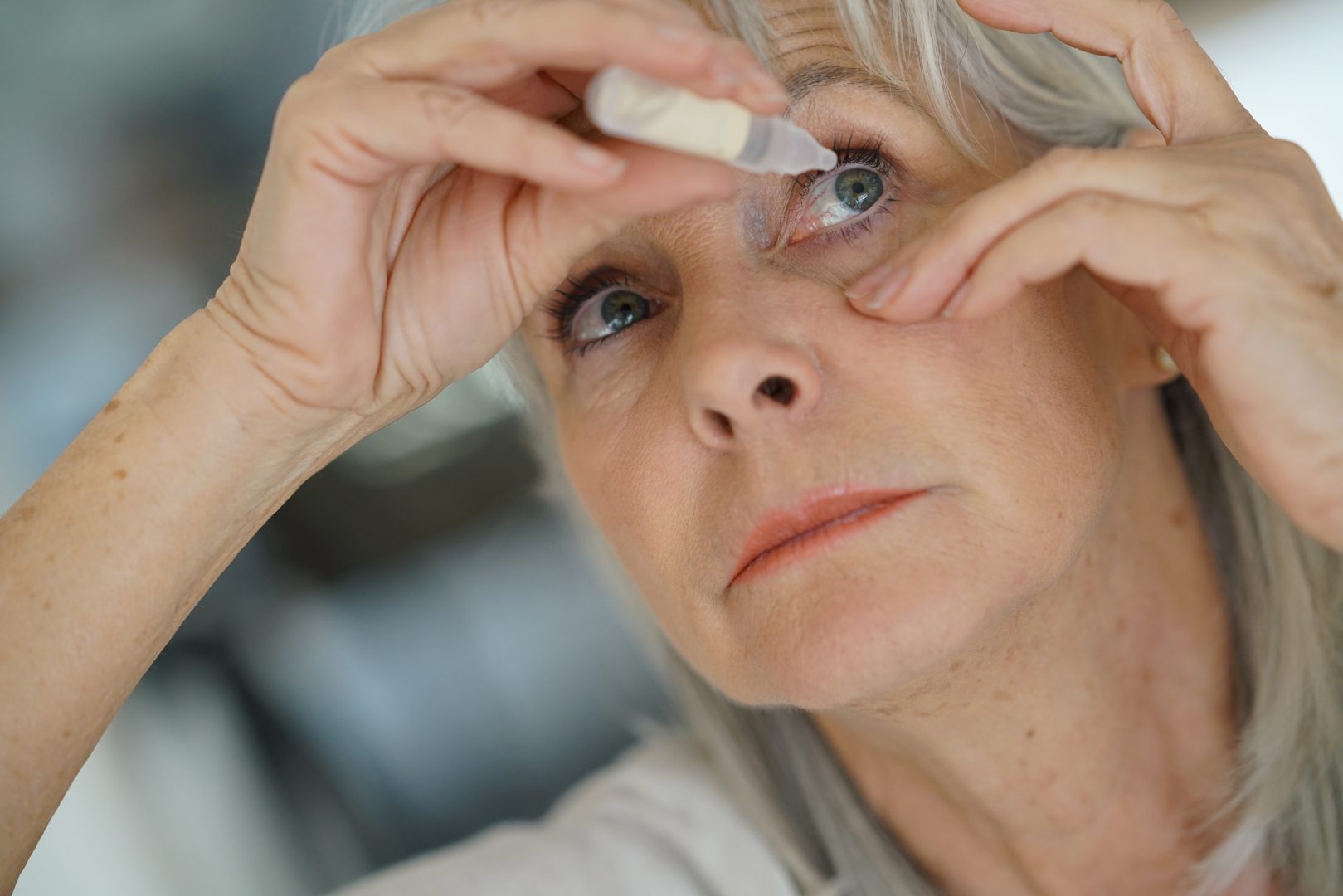
Low vision refers to a condition where a person experiences vision loss that cannot be corrected with glasses, medical intervention, or surgery. People with low vision may have some useful vision left. Low vision affects each person in different ways dependent on the cause for low vision. Low vision is often categorised as early, moderate, or severe, and may not necessarily follow a linear pattern of development. Some diseases can cause a gradual and progressive loss of vision, whereas others may cause a more acute loss of vision and limited gradual progression.
The most important thing to know is that having low vision does not mean you need to stop doing the things that you enjoy, it only means that you need to learn ways to do these things differently.
Common signs to look out for
Signs of low vision can include:
- Blurry or cloudy vision
- Dark patches in your vision
- Decreased side vision
- Difficulty seeing clearly at night
- Changes in colour perception
- Seeing halos around lights
- Sensitivity to light and glare
- Difficulty doing everyday tasks such as reading, watching TV, or recognising faces
Vision loss can impact your visual acuity, which is your ability to see at different distances, your visual field, which is your ability to see in your peripheral vision, or your ability to define the detail of objects.
Low vision can be caused by certain eye conditions including Age-related Macular Degeneration (AMD), Diabetic Retinopathy, Glaucoma, Retinitis Pigmentosa and Retinal Vascular Occlusion to name just a few.
Legal Blindness versus Low Vision
The definition of legal blindness does not necessarily mean a person sees nothing at all. Legal blindness is a term often used by government agencies to determine potential entitlement levels of government support for people who experience more advanced low vision. Your eye care provider can let you know what stage of low vision you are considered to be.
How will my eye care professional check for low vision?
Regular eye tests are vital to ensure that your eyes are in good health and to stay ahead of any potential problems with your vision.
At your eye test, your optometrist or ophthalmologist will check your visual acuity and your peripheral vision, which includes reading letters or numbers at varying distances and checking what you can see in the edges of your vision.
They will also check your eyes for potential eye problems or conditions. This includes looking at your retina to check the back of your eye, testing your eye muscles, checking the surface of your eye, and measuring the pressure in your eyes. Click here to learn more about what is involved in an eye test.
How can I make the most of my remaining sight?
Adjusting to life with vision loss after a diagnosis can be challenging, however, having low vision does not mean you need to stop doing the things you enjoy; it only means that you need to learn ways in how to do these things differently.
There is support available to you and there are ways to make the most of your remaining sight, including:
- Using magnifiers to enlarge text and objects
- Using tactile labels like bump dots or textured stickers to help you to identify objects around the house
- Maximising lighting around your house or at work, including natural sunlight or using brighter lightbulbs
- Using visual techniques such as eccentric viewing or visual scanning
- Using technology to support your daily living such as the accessibility features on your phone or tablet and screen reading technology. Join our Get Online, Get Connected program to show you how.
If you are struggling with daily life due to vision loss, a low vision assessment with an orthoptist will determine your level of vision loss and your remaining vision. An orthoptist can recommend strategies or low vision aids to help you to live independently and navigate daily life with low vision. Click here to learn more about low vision assessments.
For more information:
- Find out more about low vision eye conditions
- Always speak to your eyecare professional about the best treatment options for you



